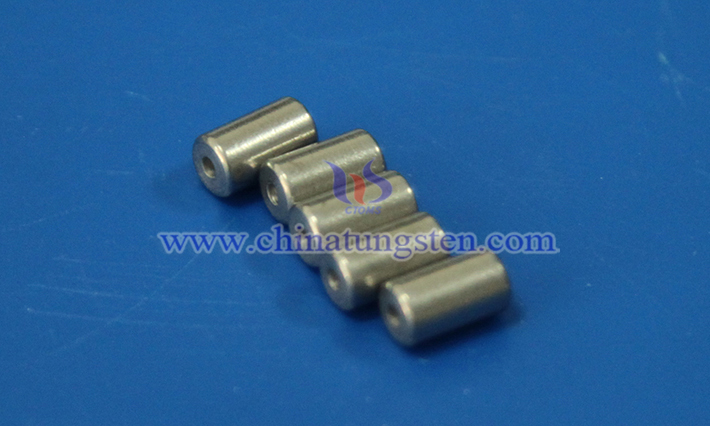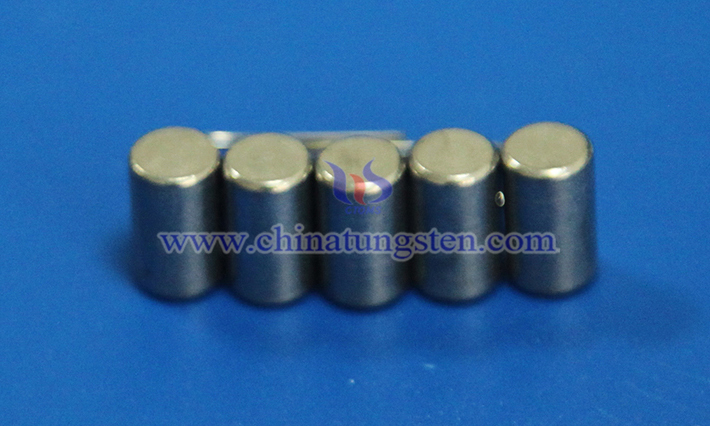Applications of Barium-Tungsten Electrodes in Aerospace
- Details
- Category: Tungsten Information
- Published on Thursday, 24 April 2025 17:00
- Written by Zhenghua
- Hits: 1
Barium-tungsten electrodes are primarily applied in high-reliability electron emission devices within the aerospace sector. Their technical advantages and material properties are directly linked to breakthroughs in satellite communications, deep-space exploration, and military aviation equipment. With ongoing optimization of composite materials and manufacturing processes, these electrodes are poised to further advance the lightweight design, efficiency, and longevity of aerospace electronic components.

I. Applications in Core Components
1. Cathodes for Space Traveling Wave Tubes (TWTs)
Space TWTs are critical components in satellite communication systems, requiring cathodes to emit electrons stably under extreme conditions. Barium-tungsten electrodes enhance emission current density and ion bombardment resistance by optimizing the synergistic interaction between the matrix and aluminates. For instance, impregnated barium-tungsten cathodes (e.g., tungsten-osmium hybrid matrices) demonstrate long lifespan and high stability in high-power space TWTs, meeting the demand for high-power amplifiers in satellite communications.
2. Vacuum Electronic Devices (e.g., Microwave Tubes, Magnetrons)
Barium-tungsten electrodes serve as cathodes in microwave tubes and magnetrons, enabling high-frequency pulsed emission (1–40 pulses/second) for radar, satellite communication, and electronic warfare systems. Their low work function (~1.6 eV) and high current density (10 A/cm²) reduce device power consumption while enhancing signal strength.
3. Thermionic Cathode Tubes and Plasma Generators
In spacecraft electronic systems, barium-tungsten electrodes function as thermionic cathode materials, operating reliably in high-temperature, vacuum environments. For example, they act as electron sources in plasma generators to support precise attitude control or propulsion system adjustments.

II. Specific Application Scenarios
1. Satellite Communication and Navigation Systems
Used in cathode assemblies for satellite TWT amplifiers (TWTAs), they enhance signal transmission power and stability, ensuring the reliability of navigation systems such as BeiDou and GPS.
2. Spacecraft Propulsion and Power Systems
In electric propulsion systems (e.g., ion thrusters), barium-tungsten electrodes act as electron emitters, enabling efficient ion generation to extend the endurance of deep-space probes.
3. Military Aviation Electronics
Applied in fighter radar, electronic countermeasure systems, and night-vision equipment (e.g., the avionics of J-20 and J-16 fighters), their vibration resistance and low-temperature tolerance adapt to complex battlefield environments.
4. Space Science Experiment Equipment
Utilized in particle detectors and spectrometers, their uniform electron emission characteristics improve data acquisition accuracy, supporting space physics research.
- Chinatungsten Online: www.tungsten.com.cn
- CTIA GROUP LTD: en.ctia.group
- Tungsten News & Price: www.ctia.com.cn
- Molybdenum News & Price: news.molybdenum.com.cn
- Tel.: 86 592 5129696; Email: sales@chinatungsten.com





 sales@chinatungsten.com
sales@chinatungsten.com